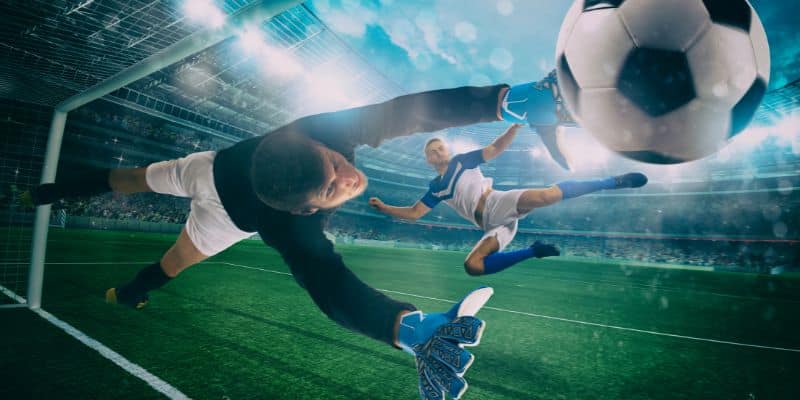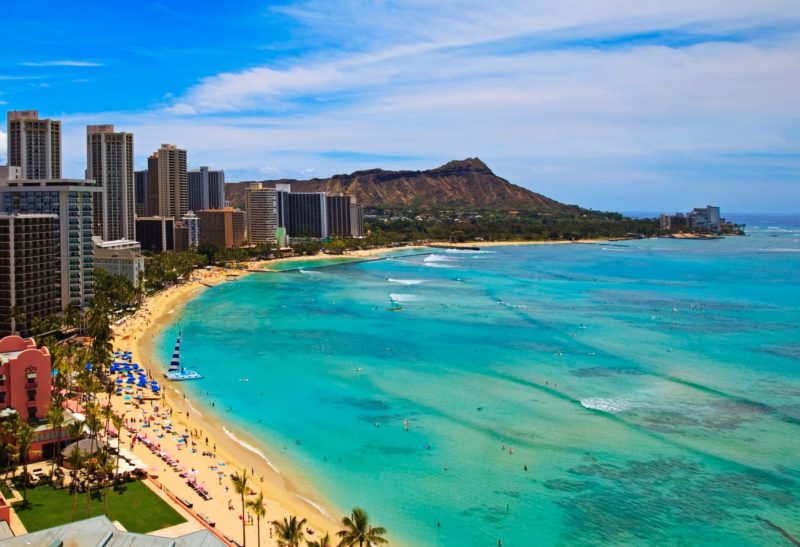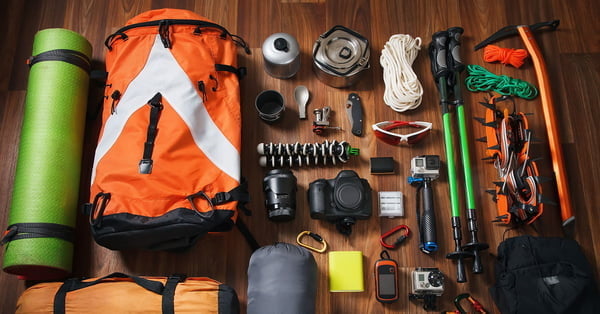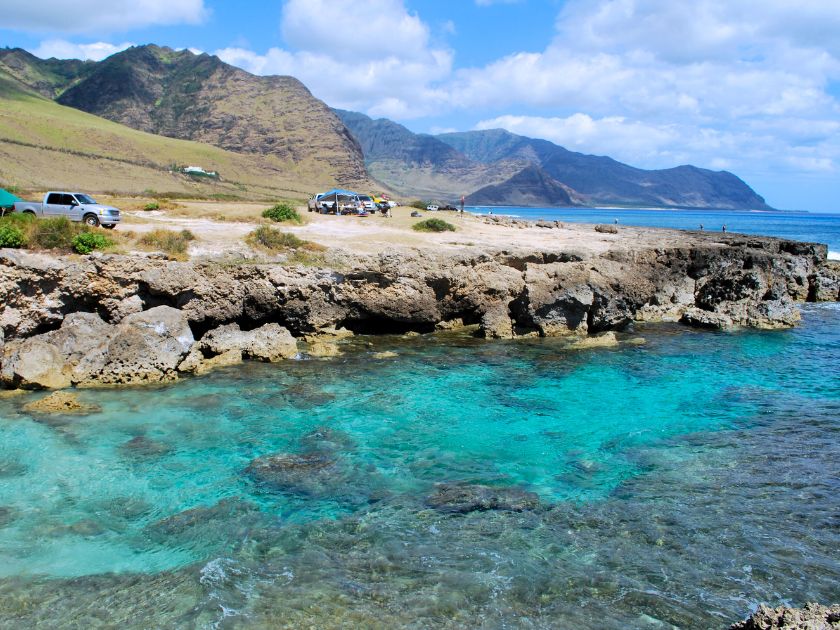The Psychology of Slot Design and How Starburst Keeps You Spinning
Slot machines have long been one of the most popular forms of gambling entertainment, captivating players with their colorful visuals, engaging sound effects, and thrilling gameplay. The psychology behind slot design is a well-researched field, revealing how various elements work together to create an immersive experience that keeps players engaged. Every detail, from the symbols on the reels to the frequency of small wins, is carefully engineered to maintain excitement and encourage prolonged play. The allure of slot machines is deeply rooted in human psychology, leveraging reward mechanisms and sensory stimuli to create a compelling gaming experience.

The Role of Reward Systems in Slot Design
One of the most significant psychological factors influencing slot machine engagement is the reward system. Slots operate on a variable ratio reinforcement schedule, a principle drawn from behavioral psychology. This system means that wins occur at unpredictable intervals, making each spin feel like it could be the one to trigger a big payout. The unpredictability of rewards keeps players engaged, as the brain releases dopamine—the neurotransmitter associated with pleasure—whenever a win occurs. Even small, frequent wins can be enough to encourage continued play, reinforcing the excitement of the game.
The Impact of Visual and Auditory Stimuli
Modern slot machines, especially digital slots like Starburst, use an array of visual and auditory cues to enhance the gaming experience. Bright colors, animated symbols, and flashing lights contribute to a dynamic atmosphere that heightens excitement. Sound effects, such as celebratory jingles, coin clinks, and rising musical notes, reinforce the sense of achievement with every win. The combination of these elements makes the game feel rewarding, even when the payout is minimal. These cues are not just for entertainment—they are strategically designed to keep players engaged and create an emotional connection with the game.

How Starburst Uses Simplicity to Its Advantage
Unlike many modern slot games that rely on complex bonus rounds and intricate narratives, Starburst stands out for its simplicity. The game, developed by NetEnt, features a classic five-reel, ten-payline structure with a focus on straightforward yet highly engaging gameplay. The jewel-themed symbols and cosmic background create a visually appealing yet non-distracting environment. This minimalist approach allows players to focus on the action without feeling overwhelmed, making the game suitable for both beginners and seasoned players.
One of the defining features of Starburst is the expanding wilds mechanic, which triggers re-spins and increases the chances of winning. This simple yet effective feature keeps players anticipating the next big moment, reinforcing the psychological principles of reward and anticipation.
The accessibility of online slots further contributes to prolonged play sessions. The convenience of playing from home or on mobile devices allows for easy access, making it tempting to continue spinning without the external interruptions present in land-based casinos. When visiting a casino starburst, players can quickly immerse themselves in the game without distractions, further enhancing the overall experience.
The Role of Near-Misses in Player Engagement
A powerful psychological tool used in slot design is the near-miss effect. This occurs when the reels stop just short of a winning combination, making it seem like a win was within reach. The brain perceives near-misses as partial successes, which can encourage players to keep spinning in hopes of achieving an actual win. In games like Starburst, the appearance of one or two wild symbols can give the illusion that a full wild reel expansion is imminent, compelling players to continue playing to chase that potential big win.
The Influence of Immersive Themes and Graphics
Thematic design plays a crucial role in player engagement, as it sets the mood and tone of the gaming experience. Starburst’s cosmic theme, with its radiant gems and intergalactic ambiance, creates an inviting and mesmerizing environment. Unlike darker, more intense slot games, Starburst exudes a sense of relaxation and excitement, making it appealing to a broad audience. The soothing yet stimulating visuals contribute to a state of flow, where players become fully absorbed in the game, losing track of time and focusing entirely on the spinning reels.

The Psychological Effect of Free Spins and Bonus Features
Bonus features, such as free spins and expanding wilds, play a significant role in prolonging gameplay. Players are more likely to continue playing if they feel they have a chance to trigger a rewarding feature at any moment. Starburst capitalizes on this by offering a re-spin feature whenever a wild symbol lands on the reels, creating an additional opportunity for a win without requiring an additional bet. This type of mechanic fuels excitement and extends the play session, reinforcing the cycle of anticipation and reward.
How Starburst Encourages Extended Play Sessions
Another psychological aspect of slot design is the illusion of control. Although slots are games of chance, many designs incorporate features that make players feel as though they have some influence over the outcome. Starburst’s re-spin feature gives players a sense of agency, as they eagerly await whether the wild reels will lead to substantial payouts. Additionally, the game’s seamless mechanics and quick spin speeds ensure that each round flows smoothly into the next, reducing downtime and maintaining engagement.

The Science of Sound and Its Impact on Gameplay
Sound design is a critical factor in maintaining player engagement. The auditory experience of slot machines is carefully crafted to elicit excitement and positive reinforcement. In Starburst, the sounds of spinning reels, the chime of winning combinations, and the uplifting background music create a sensory-rich environment that keeps players engaged. Studies have shown that upbeat and celebratory sounds can increase the duration of play by reinforcing the feeling of success, even if the actual monetary gain is minimal.
The Role of Losses Disguised as Wins
A common strategy in slot design is the concept of “losses disguised as wins.” This occurs when the game presents a payout that is lower than the original bet but frames it with celebratory visuals and sound effects. The psychological impact of this mechanism makes players perceive a positive outcome, even when they are technically at a loss. In Starburst, even small wins are accompanied by bright flashes and engaging sounds, making each spin feel rewarding despite the actual financial result.
The Future of Slot Design and Player Engagement
As technology continues to evolve, slot games are becoming more sophisticated in their use of psychological principles to maintain player interest. With advancements in artificial intelligence and personalized gaming experiences, developers are finding new ways to create immersive and tailored slot experiences. Games like Starburst have set a standard for engaging yet straightforward gameplay, demonstrating that simplicity, combined with effective design elements, can lead to long-term player retention.
While the psychology of slot design continues to shape the gaming industry, responsible gaming remains an essential consideration. Understanding how these psychological mechanisms work can help players make informed decisions about their gameplay, ensuring that they enjoy the experience without falling into harmful habits. Ultimately, the appeal of slot games like Starburst lies in their ability to balance excitement, accessibility, and entertainment in a way that keeps players coming back for more.














